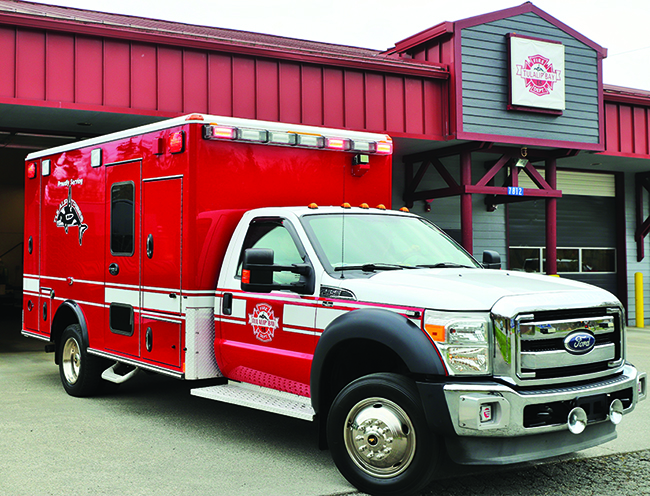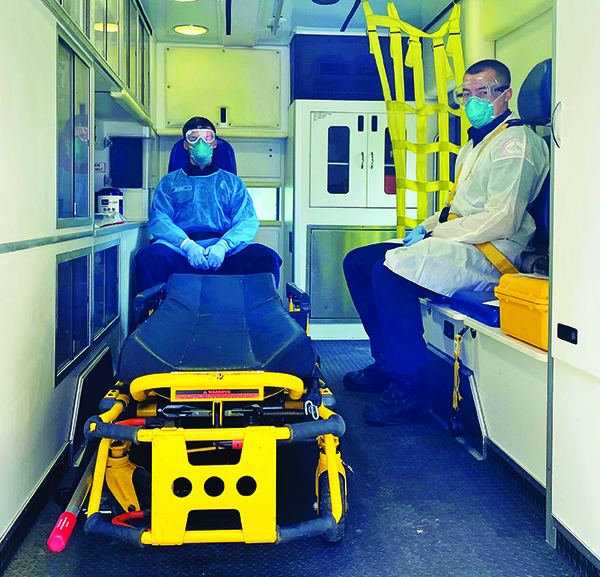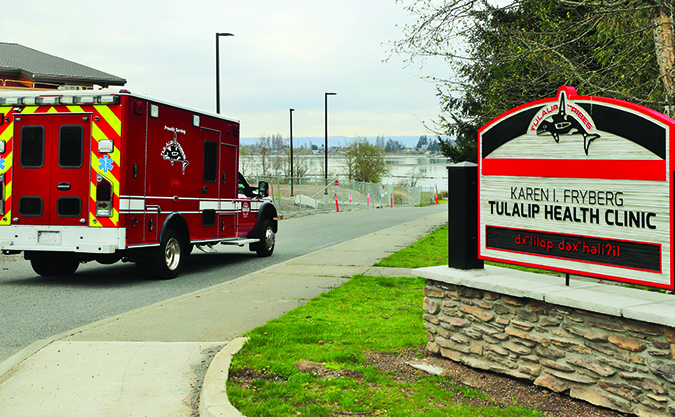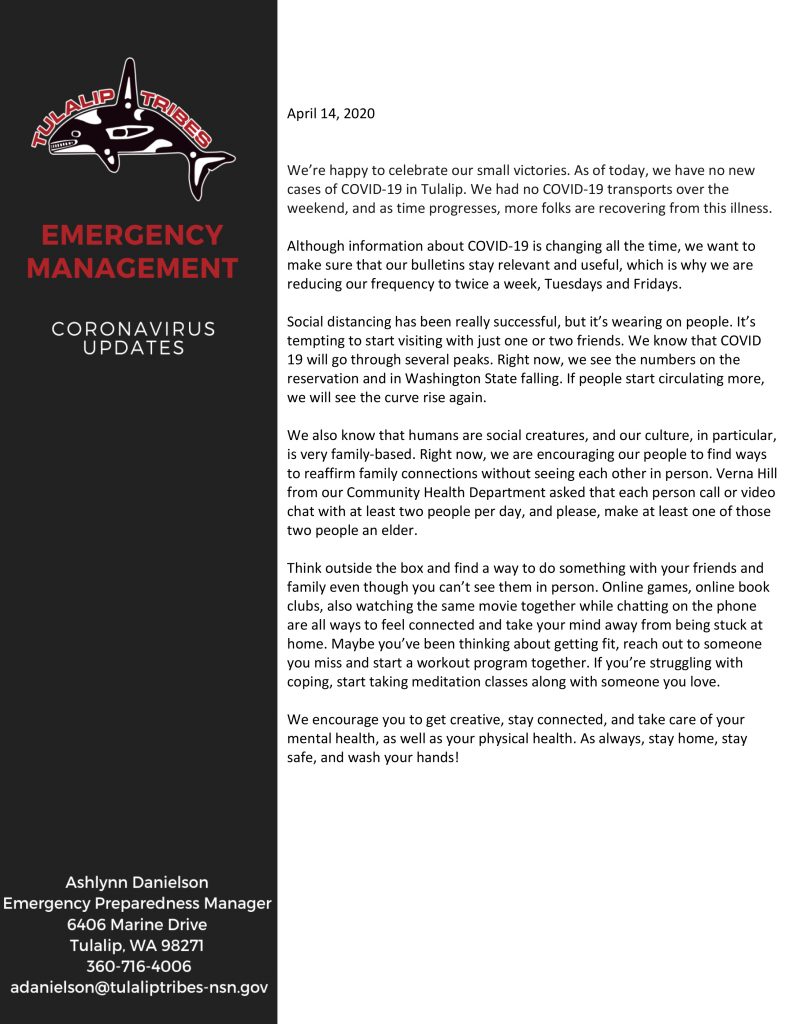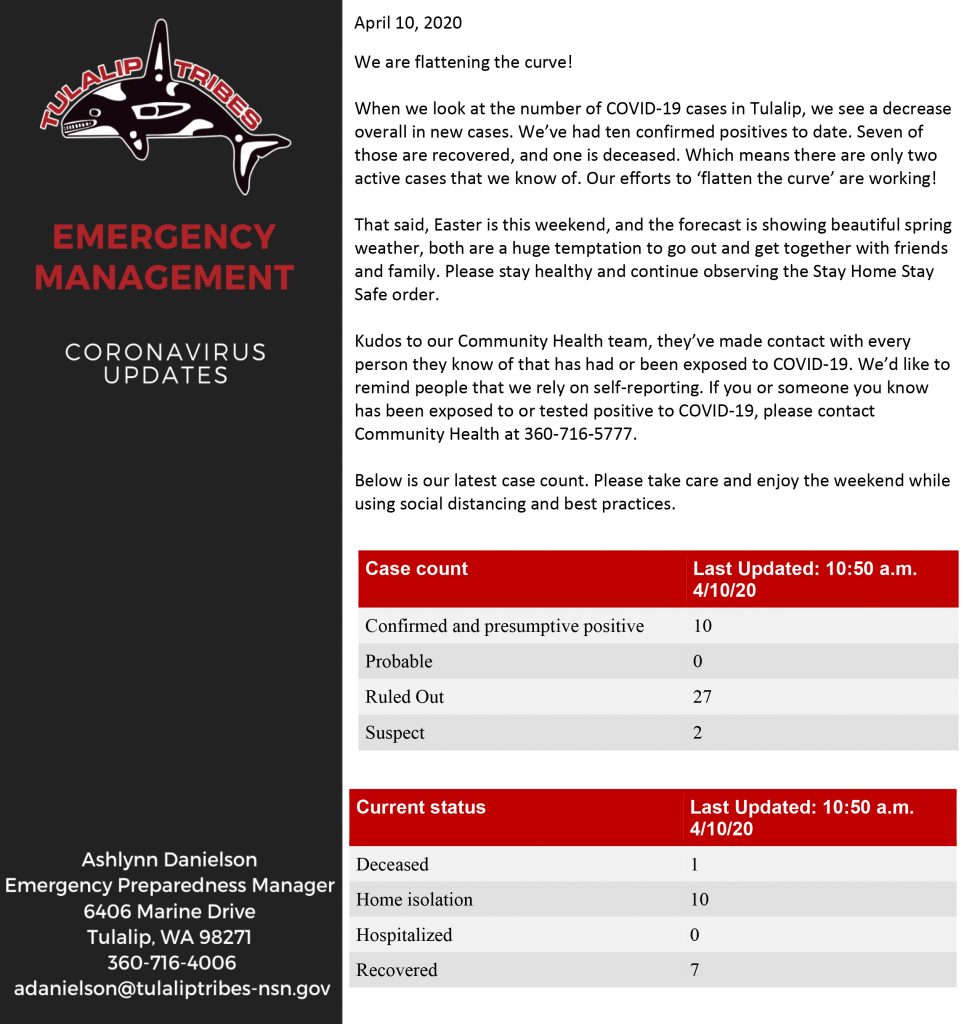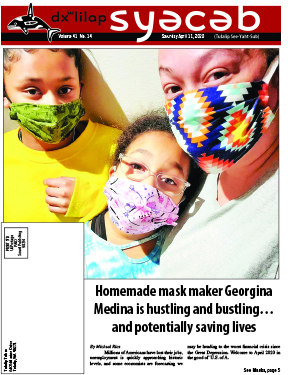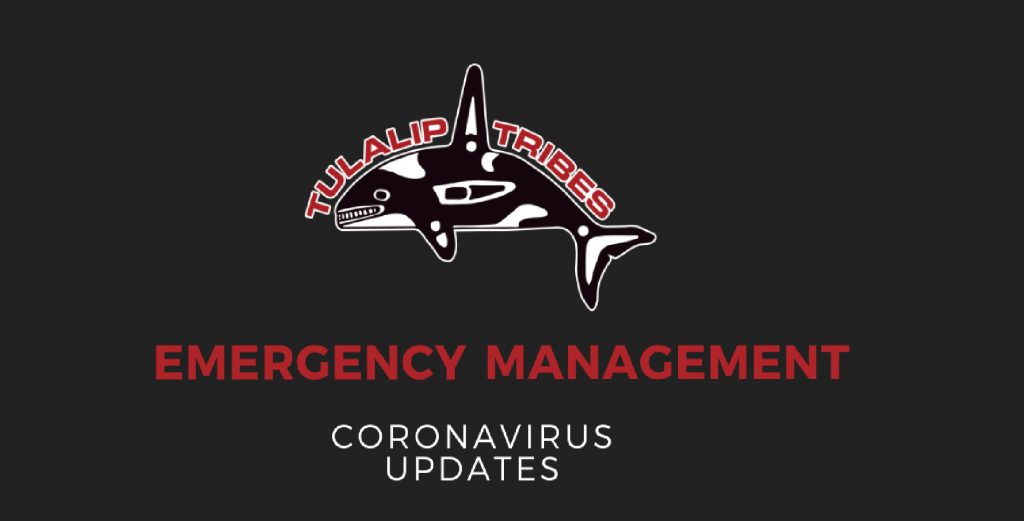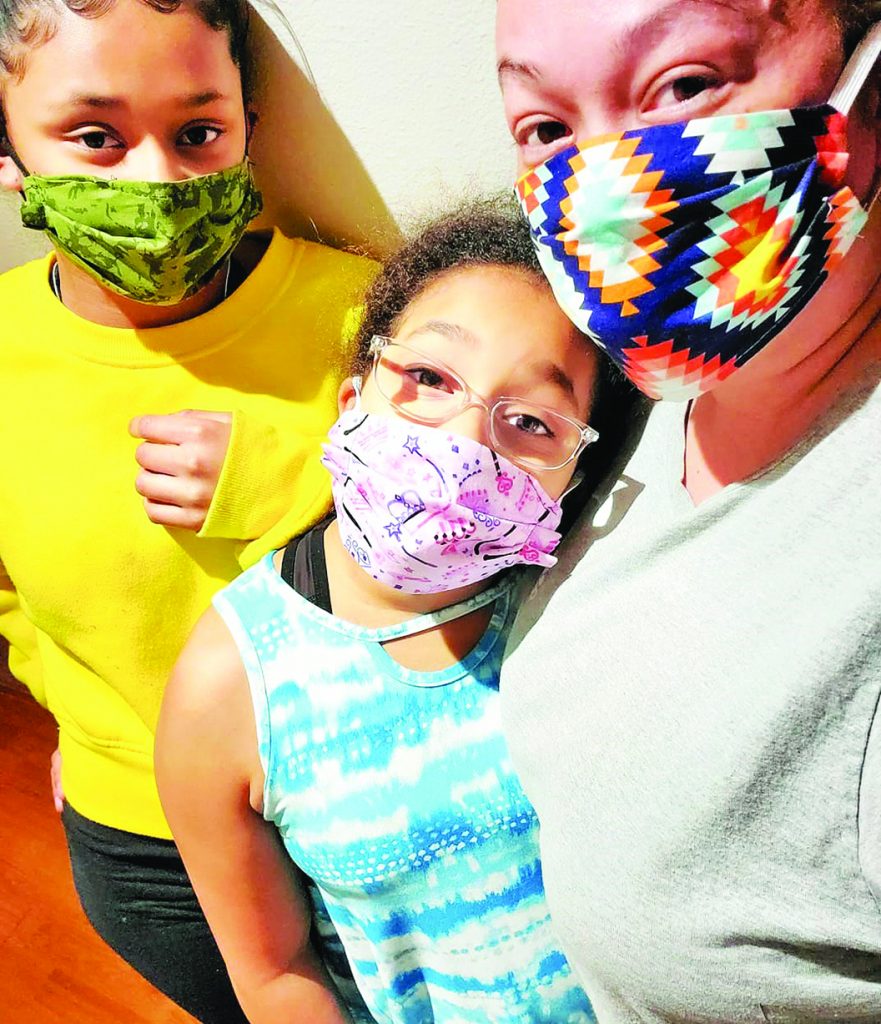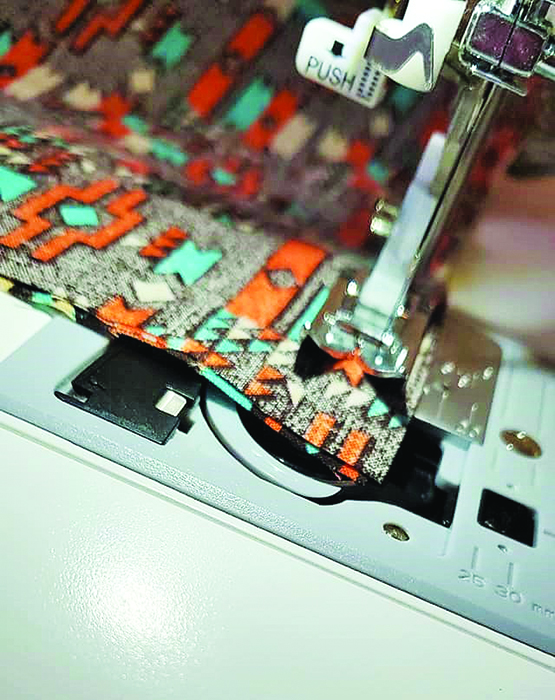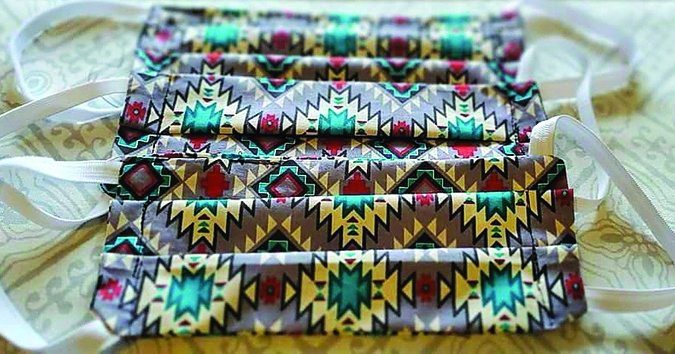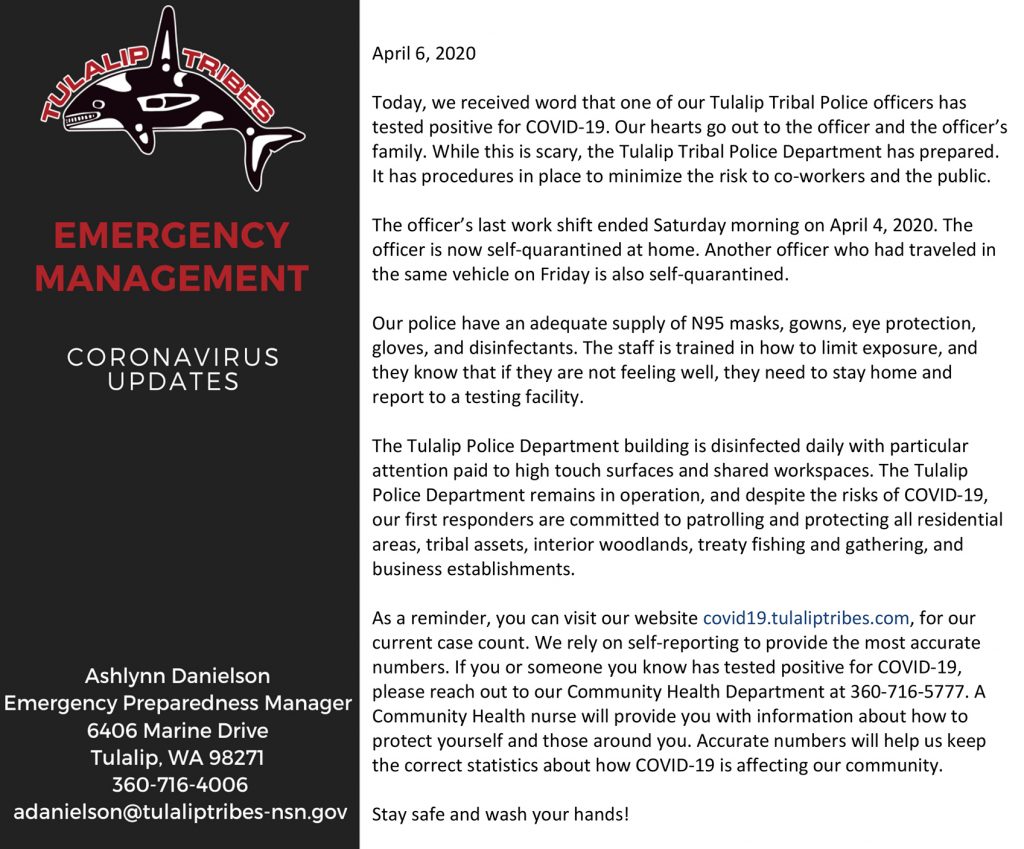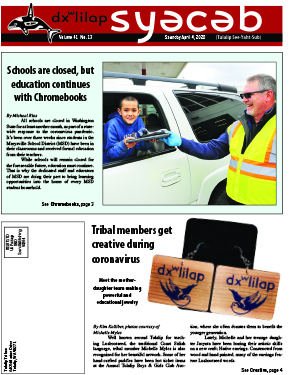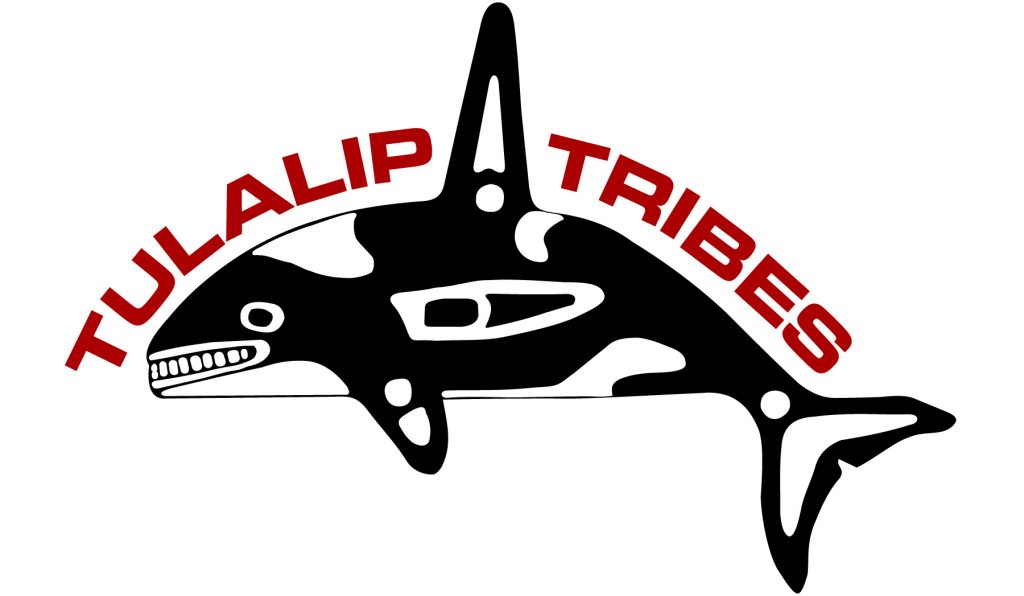
Tulalip Tribes, Washington, DC Office
In a joint effort, the Tulalip Tribes and the Confederated Tribes of the Chehalis Reservation in Washington state, together with the Houlton Band of Maliseet Indians in Maine and three federally recognized Indian tribes in the state of Alaska, have filed suit in the U.S. District Court for the District of Columbia to prevent the Department of the Treasury from distributing funds to corporations or other non-governmental entities that Congress intended to be distributed only to Tribal governments. The three Alaska co-plaintiffs are the Akiak Native Community, the Asa’carsarmiut Tribe, and the Aleut Community of St. Paul Island. The Parties will be asking the Court to issue an injunction against illegal disbursements of the Congressional appropriation.
The Coronavirus Aid, Relief and Economic Security Act (CARES Act) became law on March 27, 2020, and provides $150 billion in direct aid specifically for COVID-19 related expenses to states, Tribal governments, territories and local governments. Of the $150 billion, Congress allocated $8 billion to Tribal governments. In setting aside the funds for Tribal governments, numerous members of Congress related the tremendous hardships that COVID-19 has caused for Tribal governments.
During the past week, Indian country became aware that the Treasury Department was considering expanding the scope of entities that could receive direct payments under this provision beyond Tribal governments. On April 13, 2020, Treasury published on its website a certification form for eligible entities to complete that confirmed its intent to treat Alaska Native Corporations (ANCs) as “Tribal governments” for purposes of making payments under Title V of the CARES Act.
There are 574 federally recognized Tribal governments that maintain a government-to-government relationship with the United States, which include Indian tribes and nations in the lower-48 states and the state of Alaska. Treasury’s disbursement of funds to ANCs will diminish the funding available for Tribal governments, which are providing critical services across the country to tribal members and their communities in response to the COVID-19 crisis. Such diminishment will occur at a time when other programs under the CARES Act are either unavailable to Tribal governments or have expended available funds.
Many Indian tribes, tribal organizations, and members of Congress expressed written opposition to Treasury’s inclusion of ANCs inclusion because ANCs are state-chartered and state-regulated private business corporations, not Tribal governments as contemplated in the CARES Act.
“We are opposed to any effort to consider Alaska Native Corporations or other entities not on the list of federally recognized Indian tribes as a ‘Tribal government’ under the CARES Act relief fund,” said Harry Pickernell, Sr., Chairman of the Chehalis Tribe. “We do, however, fully support the ability of Tribal governments to transfer any relief funds that they receive from Treasury to ANCs or other non-governmental entities if those Tribal governments determine that is in their best interest.”
The federal government has a specific trust responsibility to federally recognized Indian tribes, not shareholders of corporations. The historic lack of federal funding for tribal programs has created a dramatic need in Indian Country. This portion of the CARES Act was intended for tribes that provide services to tribal members, not dividends to shareholders or any other non-governmental entity.
“The notion that corporations incorporated under state law should be considered Tribal governments is shocking and will come at the expense of tribal governments, who are responsible for providing critical needs such as healthcare, housing, and education to their citizens,” said Teri Gobin, Chairwoman of the Tulalip Tribes. “We are struggling right now because we have no revenue coming in, and it’s going to take years to recover,” Gobin added.
The Tribes’ lawsuit does not seek any delay of Treasury’s statutory requirement to distribute funding to Tribal governments by the CARES Act deadline of April 27, 2020. Rather, the Tribes’ request that the Court order Treasury to disperse all $8 billion to Tribal governments, but not to ANCs, in accordance with the CARES Act.
